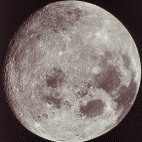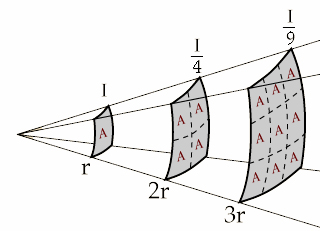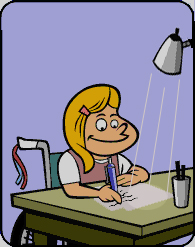|
When objects reflect light they are said to be illuminated. The moon is a perfect example of an object that is illuminated. The moon does not emit visible light. It reflects light from the sun. This is why it is hard to see the moon during the day. The brightness of an illuminated object depends on two things. |
 |
|
If a Light source is brighter it will illuminate
objects more brightly. This should be common sense for all of us
who use light bulbs in our house. The brighter the bulb above your
desk, the more brightly your workspace will be lit. The relationship
between the brightness of the lighting source and the illumination
is direct. If a light gets twice as bright the illumination will
double. If a lighting source is three times as bright the illumination
will triple.
|
 |
The Inverse Square Law and Illumination As light moves through space from its source, it spreads out in all directions. The light twice as far from the source is spread over four times the area, hence it is one-fourth the instensity. This means that if you double the distance that an object is from its lighting source the illumination decreases by 4 times. If you triple the distance between the light source and the object, the illumination will decrease by a factor of 9 times. |

